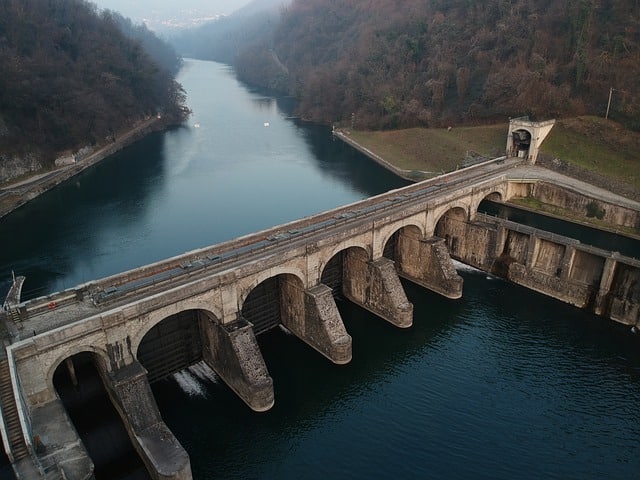
The process that is carried out to add followers, followers or volunteers is called recruitment.
The act and result of capturing are called capture . This verb , for its part, can refer to seducing or captivating someone or to perceiving or receiving something .
The idea of recruitment is usually used to refer to the process that is carried out with the aim of gaining the sympathy or will of a person. A sect, in this sense, seeks to attract followers through lies and deception.
Examples of recruitment
Recruitment also consists of adding adherents to a cause or entity. A sports club can develop a membership recruitment campaign with advertising in the media and posters on public roads.
A non-governmental organization ( NGO ), similarly, strives to recruit volunteers to collaborate with its work. The media, for their part, invest money in attracting listeners, viewers or readers since this represents greater consumption of their content and, therefore, a greater possibility of obtaining advertising revenue.
water collection
In some contexts, water collection is known as harvesting. There are several rainwater harvesting systems, which aim to collect and store said water for later use. Cisterns are devices created for this purpose.
The structure built with the purpose of diverting a watercourse and taking advantage of its flow is called catchment or intake . With these structures you can generate electricity or obtain drinking water, to name two possibilities.
The intake is a hydraulic structure (a concept that is also known as infrastructure or hydraulic work ); This means that the primary element of this construction is water. In this particular case, its objective is to carry out the diversion of part of the water that is available in a watercourse (such as a canal, a stream or a river), a lake or even the ocean.

The collection of water can be called harvesting.
Training development
Sometimes, catchment is used in large rivers, although this entails very high costs. Once the water is diverted, it is taken to specific points where it will be used to supply water treatment systems , aquaculture, electric energy production, irrigation or cooling of industrial facilities, among other various applications.
Regarding the process of building catchments, it used to be done by gathering large quantities of stones and earth in the bed of a river, so that a portion of the water was forced to change direction, in this case until it reached the diversion channel . . Some organizations continue to use this manufacturing model, although it is not very reliable and often requires extensive repairs or even total reconstruction every year, due to the action of floods.
Different parts
When, however, modern means are used to build a catchment, we can distinguish two fundamental parts:
* control gate, with its closing system;
* device for measuring water levels, which can be rulers with a certain graduation, or equipment capable of constantly measuring the level and transmitting the data to the operations center, in which there may also be a system that allows operation at distance from the gate.
The catchments found in streams and rivers also usually have the following parts:
* a weir that serves to fix the section in which the water must flow, with the aim of preventing it from migrating;
* a canal with its own gates used to drain water;
* a sand trap and a grate that prevent sedimentation in the solid transport channel, something that would make maintenance considerably difficult.
